Honey Rubs Demystified: Sweet, Sticky & Totally Worth the Mess
Have you ever wondered why some grilled meats just *look* juicier? Spoiler alert: it’s not Photoshop. Chances are, a little bottle of golden goo played a starring role in that delicious drama — we’re talking about none other than honey rubs.
In this article, we’ll take you on a sticky journey through the wonderful world of honey rubs. Whether you're a seasoned pitmaster or a backyard BBQ rookie, there's something here for everyone. So roll up your sleeves (you might get messy), and let’s dive into the sweet science of flavor!
What Exactly Is a Honey Rub?
A honey rub is essentially a flavor-packed blend of spices and — you guessed it — honey. The concept is simple: combine dry seasonings with the natural sweetness and stickiness of honey to create a crust that enhances both taste and texture during cooking.
Key Components of a Honey Rub:
- Honey – Provides natural sugars for caramelization and a sticky base.
- Salt – Balances the sweetness and draws out moisture.
- Spices – Usually includes paprika, garlic powder, onion powder, black pepper, and sometimes chili powder or mustard seed.
- Oils or Vinegar – Optional additions to adjust consistency or add tanginess.
Why Use a Honey Rub?
You might be thinking, “Can’t I just glaze my meat at the end?” Sure, but here’s the thing: honey rubs work their magic from the start. Here’s why they’re worth your time:
Benefits of Using a Honey Rub
| Benefit | Description |
|---|---|
| Maillard Magic | Honey helps accelerate the Maillard reaction, giving you that beautiful sear and complex flavors. |
| Natural Glue | Its sticky nature holds onto dry spices like a pro, so nothing gets lost before cooking. |
| Balanced Flavor | Softens spicy or smoky elements with a touch of sweetness. |
| Mouthwatering Crust | Encourages the formation of a flavorful bark, especially great for smokers and slow roasts. |
Top 5 Honey Rub Recipes You Should Try
Ready to experiment? These tried-and-true blends will have your neighbors knocking on your fence for a bite. Each one brings something unique to the table (or grill).
1. Classic BBQ Honey Rub
- 3 tbsp brown sugar
- 2 tbsp smoked paprika
- 1 tbsp kosher salt
- 1 tbsp black pepper
- 1 tsp garlic powder
- 1 tbsp honey (mix into dry ingredients until crumbly)
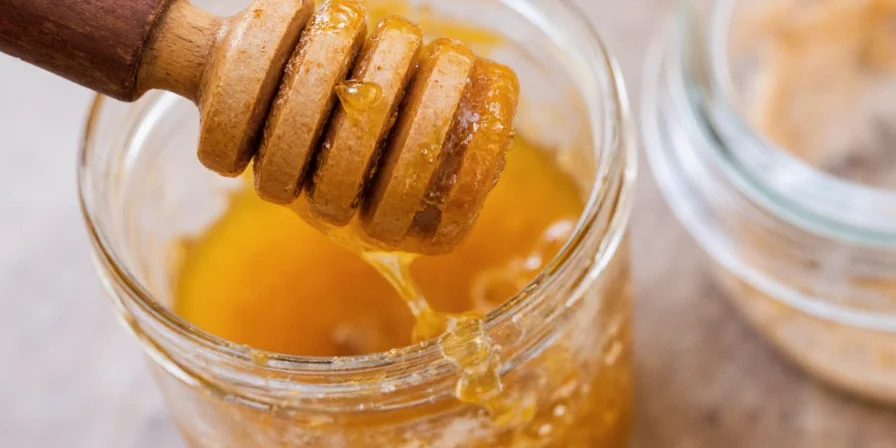
2. Asian-Inspired Sesame Ginger Rub
- 2 tbsp honey
- 1 tbsp sesame seeds
- 1 tbsp grated ginger
- 1 tsp soy sauce powder or tamari
- ½ tsp crushed red pepper flakes
- ½ tsp ground coriander
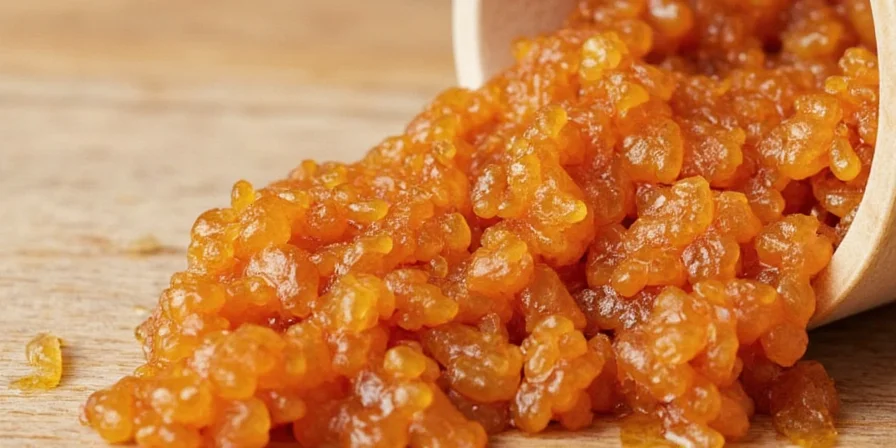
3. Smoky Southwest Blend
- 2 tbsp honey
- 1 tbsp chipotle powder
- 1 tbsp smoked paprika
- 1 tsp cumin
- 1 tsp onion powder
- ½ tsp garlic salt
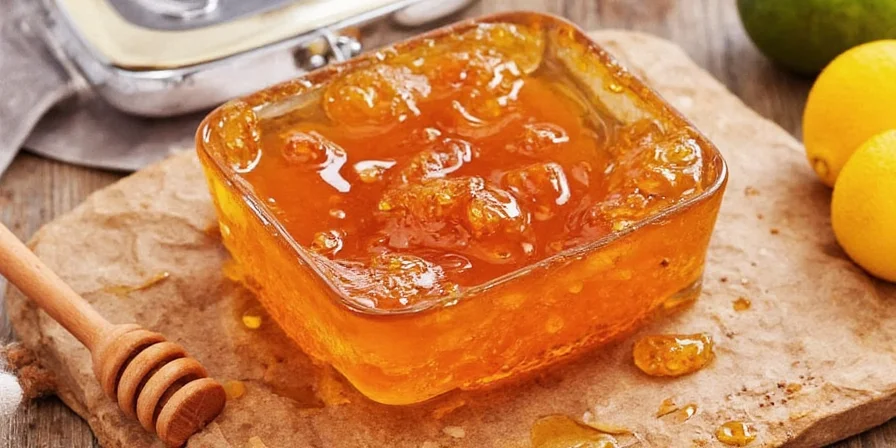
4. Mediterranean Dream Rub
- 2 tbsp honey
- 1 tbsp dried oregano
- 1 tbsp lemon zest
- 1 tsp fennel seeds (crushed)
- 1 tsp sea salt
- ½ tsp black pepper
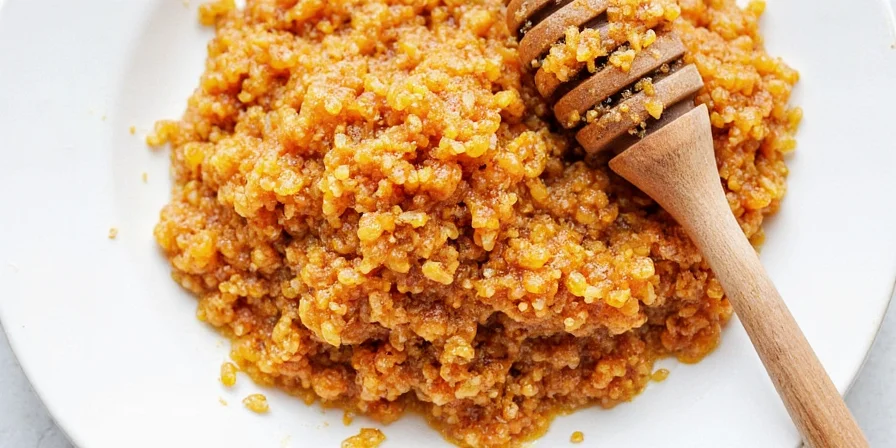
5. Spicy Maple Madness
- 2 tbsp honey
- 1 tbsp maple sugar or syrup (dried version preferred)
- 1 tsp cayenne pepper
- 1 tsp smoked sea salt
- ½ tsp cinnamon
- ½ tsp allspice
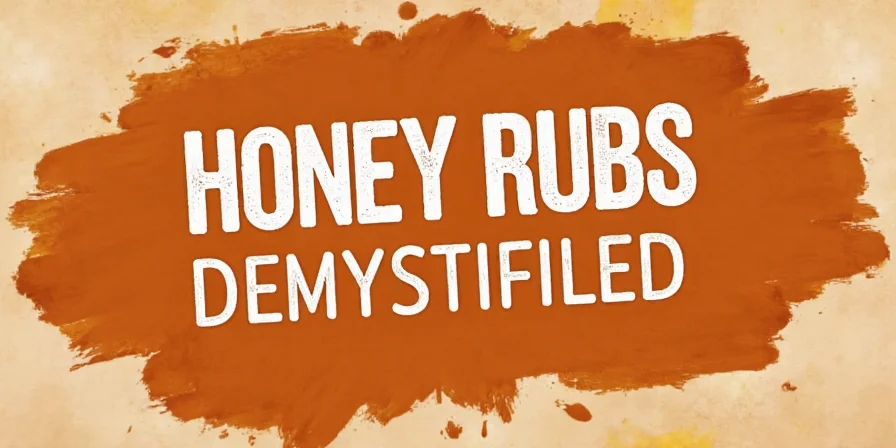
Pro Tips for Applying Your Honey Rub Like a Boss
Just slapping it on doesn't cut it if you want that perfect flavor lock-in. Here are some top tips to maximize your honey rub experience:
The Golden Rules of Honey Rub Application
- Dry First: Pat your meat dry before applying the rub. Moisture prevents adhesion and messes with the bark development.
- Press It In: Don’t be shy — press the rub into every nook and cranny with your fingers.
- Let It Rest: Allow the meat to sit with the rub for at least 30 minutes (ideally a few hours) before cooking. This lets flavors penetrate and gives the honey time to bond.
- Cook Low and Slow: For maximum bark and flavor, cook over indirect heat, especially when using on briskets or ribs.
- Layer It Up: Add a honey-based glaze toward the end of cooking for extra shine and flavor boost.
Common Mistakes to Avoid When Using Honey Rubs
We’ve all been there — excited to make a killer rub, only to end up with burnt bits and bitter regrets. Let’s prevent that from happening:
Don’t Do This!
| Mistake | Why It’s Bad | Better Alternative |
|---|---|---|
| Too Much Honey | Overloading leads to burning, especially under high heat. | Use a light hand; honey should enhance, not dominate. |
| Applying Too Late | No time to form a crust or penetrate the surface. | Apply at least 30 minutes before cooking. |
| Mixing Into Wet Marinade | Honey becomes diluted and loses its binding power. | Keep it thick and dry-ish for best adhesion. |
| Using Raw Honey Without Testing | Flavor can vary wildly depending on floral source. |
Honey vs. Sugar: What’s the Big Deal?
You may wonder why honey is such a star player. After all, isn’t it just another sugar? Well, yes... and no. Let’s break down the differences:
Honey vs. Brown Sugar Comparison
| Factor | Honey | Brown Sugar |
|---|---|---|
| Texture | Sticky, viscous | Dry, granular |
| Flavor Complexity | Floral, earthy, fruity notes | Mellow molasses sweetness |
| Caramelization Point | ~357°F (higher fructose = burns faster) | ~320°F (slower to burn) |
| Binding Power | High – sticks well to proteins | Moderate – often requires oil to help bind |
Conclusion: Embrace the Stickiness
There you have it — everything you need to know about making, applying, and enjoying the heck out of your very own honey rub. Whether you're firing up the smoker or just trying to jazz up a chicken breast, a good honey rub can turn everyday meals into unforgettable feasts.
So next time you reach for that bag of pre-made seasoning, think twice. Mix up your own honey rub instead — your taste buds (and maybe a few impressed dinner guests) will thank you.
Got a favorite honey rub combo? Share it below! Or better yet, tag us in your culinary creations — we love seeing how y’all spice things up!

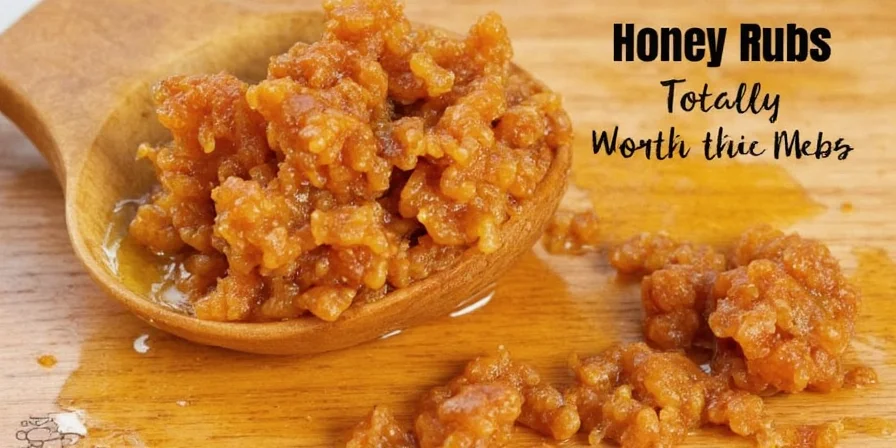









 浙公网安备
33010002000092号
浙公网安备
33010002000092号 浙B2-20120091-4
浙B2-20120091-4